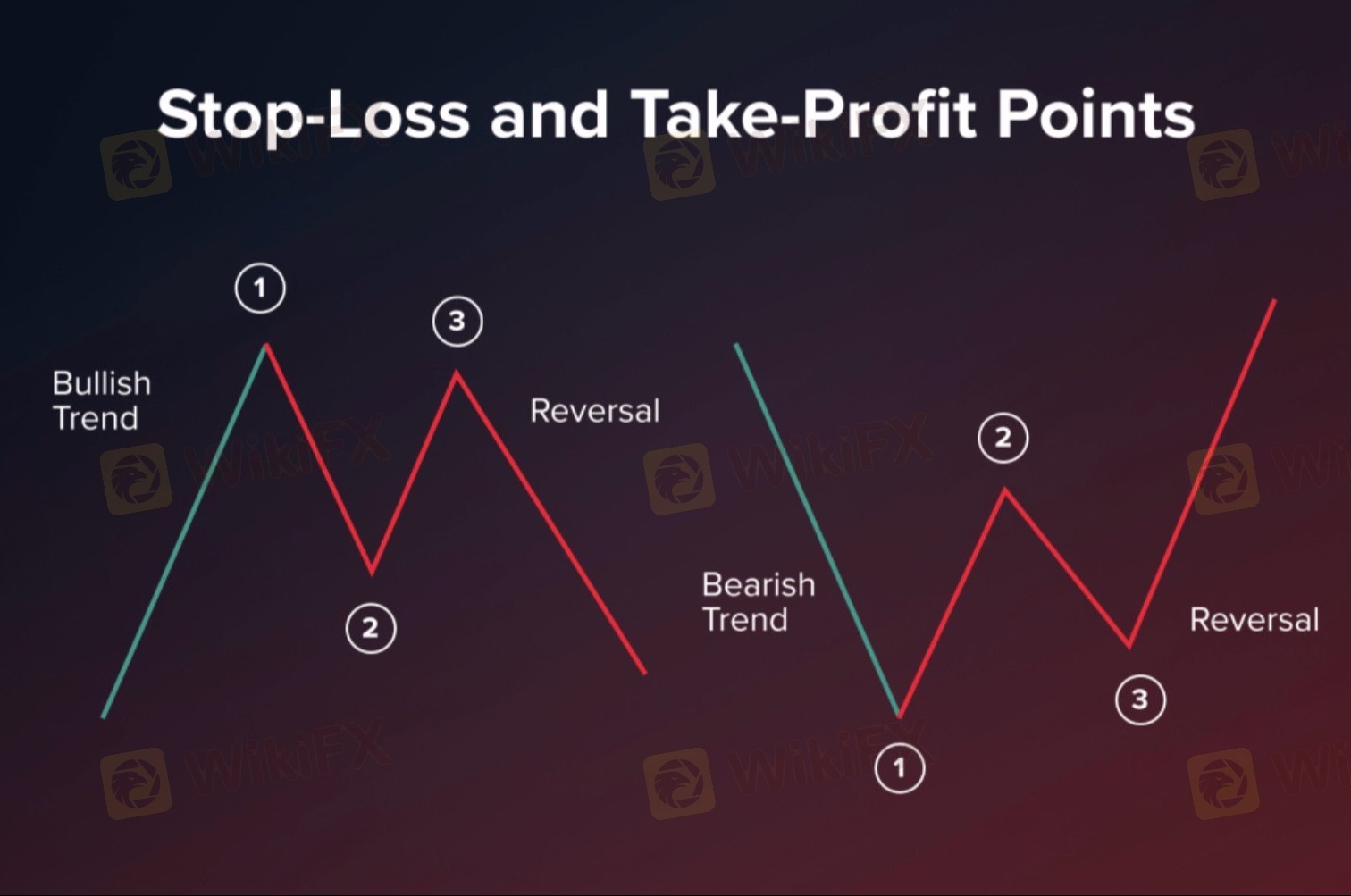
2025-02-18 01:08
業界Adapting risk strategies in bullish markets
#forexRiskTip
Adapting risk strategies in bullish markets is crucial for maximizing gains while protecting against potential reversals. While bullish markets present lucrative opportunities, they also carry risks of overexposure and complacency. Here’s how to adjust risk strategies effectively:
Risks in Bullish Markets:
1. Overconfidence and Complacency: Traders may become overconfident, leading to larger positions, increased leverage, and neglect of risk management rules.
2. Sharp Corrections and Reversals: Bull markets are prone to sudden corrections or profit-taking, resulting in rapid declines.
3. Overvaluation and Bubbles: Extended bullish trends can lead to overvaluation, increasing the risk of sharp price adjustments.
4. Crowded Trades and Herd Behavior: Following the crowd can lead to crowded trades, increasing volatility when sentiment shifts.
Adapting Risk Strategies for Bullish Markets:
1. Adjust Position Sizing: Gradually increase position sizes to capitalize on upward momentum, but avoid overleveraging. Maintain a balanced approach to protect against sudden reversals.
2. Trailing Stop-Loss Orders: Use trailing stops to lock in profits as prices rise, ensuring gains are protected while allowing for continued upside.
3. Take Partial Profits: Secure profits incrementally by selling portions of winning positions at predetermined price targets. This helps reduce risk exposure while maintaining upside potential.
4. Diversification Across Sectors: Diversify investments across different sectors to reduce systematic risk and avoid overexposure to a single market trend.
5. Hedging Strategies: Use hedging instruments like options (e.g., protective puts) or inverse ETFs to protect gains against potential pullbacks.
6. Risk-Reward Ratio Adjustment: In bullish markets, slightly adjust risk-reward ratios to capitalize on upward trends, but maintain discipline in risk management.
7. Stay Informed on Macroeconomic Events: Monitor macroeconomic indicators (e.g., interest rates, inflation) that can influence bullish trends, allowing for proactive risk adjustments.
8. Cautious Leverage Use: If using leverage, do so conservatively to amplify gains without risking significant losses during corrections.
9. Sentiment Analysis: Monitor market sentiment indicators, such as the VIX (Volatility Index) or put/call ratios, to gauge over-optimism and prepare for potential pullbacks.
10. Regular Review and Adaptation: Continuously review and adjust the risk strategy based on evolving market conditions and personal risk tolerance.
Would you like help setting up trailing stops or guidance on using hedging strategies effectively in bullish markets?
いいね 0
FX2786310992
ブローカー
人気の話題
業界
米国株式や日経などのクロスボーダー ETF は大量に高値で償還され
業界
包括的なリスク管理計画を策定する
業界
高度なテクノロジーとテクニカル分析を活用する
業界
📢2025年1月9日11:00の通貨ペア
業界
危険】:米国でVarna Tradeを訪問しましたが、オフィスは見つかりませんでした‼ 詳細は下の画
業界
👀#WikiFX 「先週、日本人ユーザーが最も検索されたFX会社が発表されました!」
市場分類

会社ナビ

エキスポ

IB

募集

EA

業界

相場

指標
Adapting risk strategies in bullish markets
 インド | 2025-02-18 01:08
インド | 2025-02-18 01:08#forexRiskTip
Adapting risk strategies in bullish markets is crucial for maximizing gains while protecting against potential reversals. While bullish markets present lucrative opportunities, they also carry risks of overexposure and complacency. Here’s how to adjust risk strategies effectively:
Risks in Bullish Markets:
1. Overconfidence and Complacency: Traders may become overconfident, leading to larger positions, increased leverage, and neglect of risk management rules.
2. Sharp Corrections and Reversals: Bull markets are prone to sudden corrections or profit-taking, resulting in rapid declines.
3. Overvaluation and Bubbles: Extended bullish trends can lead to overvaluation, increasing the risk of sharp price adjustments.
4. Crowded Trades and Herd Behavior: Following the crowd can lead to crowded trades, increasing volatility when sentiment shifts.
Adapting Risk Strategies for Bullish Markets:
1. Adjust Position Sizing: Gradually increase position sizes to capitalize on upward momentum, but avoid overleveraging. Maintain a balanced approach to protect against sudden reversals.
2. Trailing Stop-Loss Orders: Use trailing stops to lock in profits as prices rise, ensuring gains are protected while allowing for continued upside.
3. Take Partial Profits: Secure profits incrementally by selling portions of winning positions at predetermined price targets. This helps reduce risk exposure while maintaining upside potential.
4. Diversification Across Sectors: Diversify investments across different sectors to reduce systematic risk and avoid overexposure to a single market trend.
5. Hedging Strategies: Use hedging instruments like options (e.g., protective puts) or inverse ETFs to protect gains against potential pullbacks.
6. Risk-Reward Ratio Adjustment: In bullish markets, slightly adjust risk-reward ratios to capitalize on upward trends, but maintain discipline in risk management.
7. Stay Informed on Macroeconomic Events: Monitor macroeconomic indicators (e.g., interest rates, inflation) that can influence bullish trends, allowing for proactive risk adjustments.
8. Cautious Leverage Use: If using leverage, do so conservatively to amplify gains without risking significant losses during corrections.
9. Sentiment Analysis: Monitor market sentiment indicators, such as the VIX (Volatility Index) or put/call ratios, to gauge over-optimism and prepare for potential pullbacks.
10. Regular Review and Adaptation: Continuously review and adjust the risk strategy based on evolving market conditions and personal risk tolerance.
Would you like help setting up trailing stops or guidance on using hedging strategies effectively in bullish markets?
いいね 0
私もコメントします
質問します
0コメント件数

誰もまだコメントしていません、すぐにコメントします

質問します
誰もまだコメントしていません、すぐにコメントします